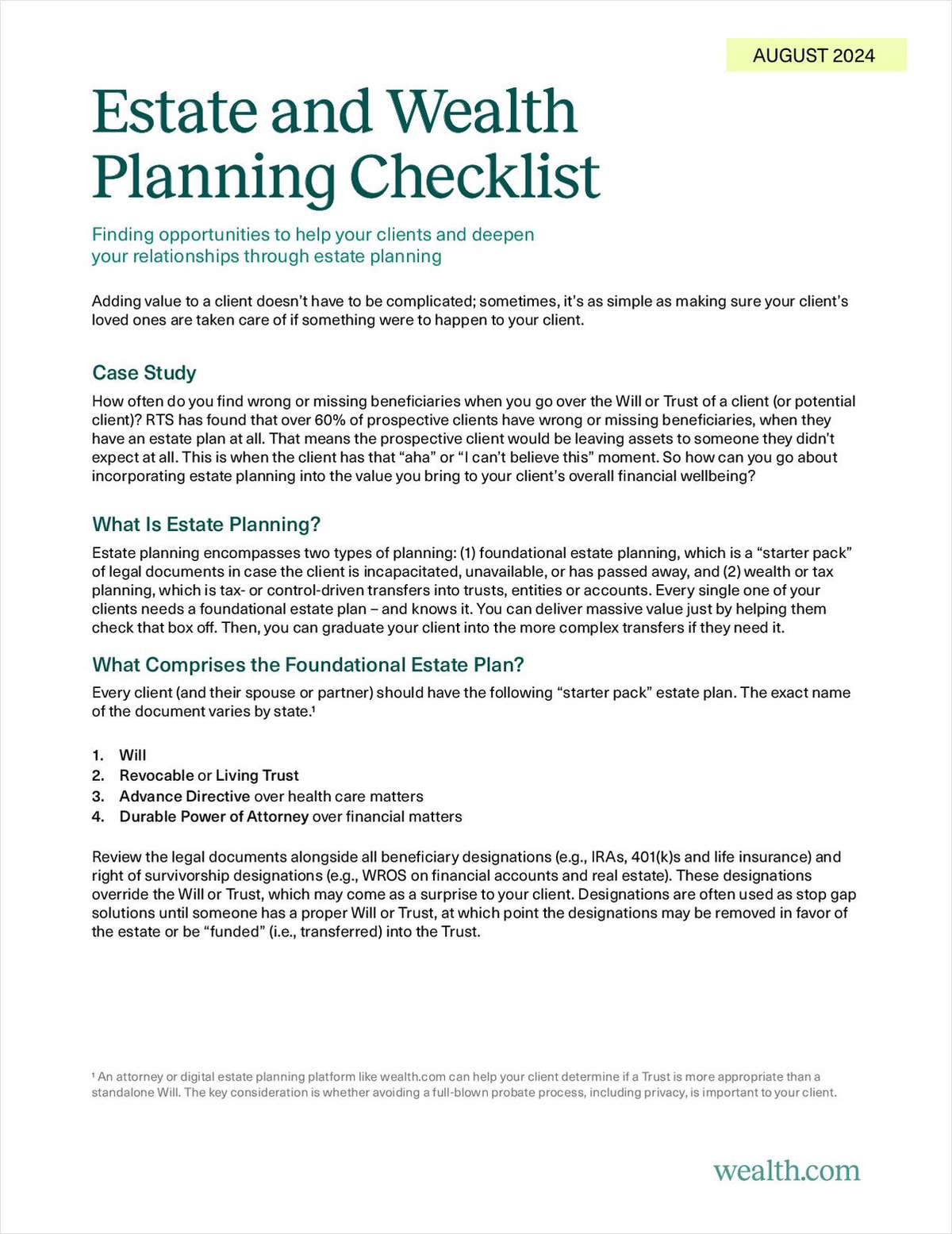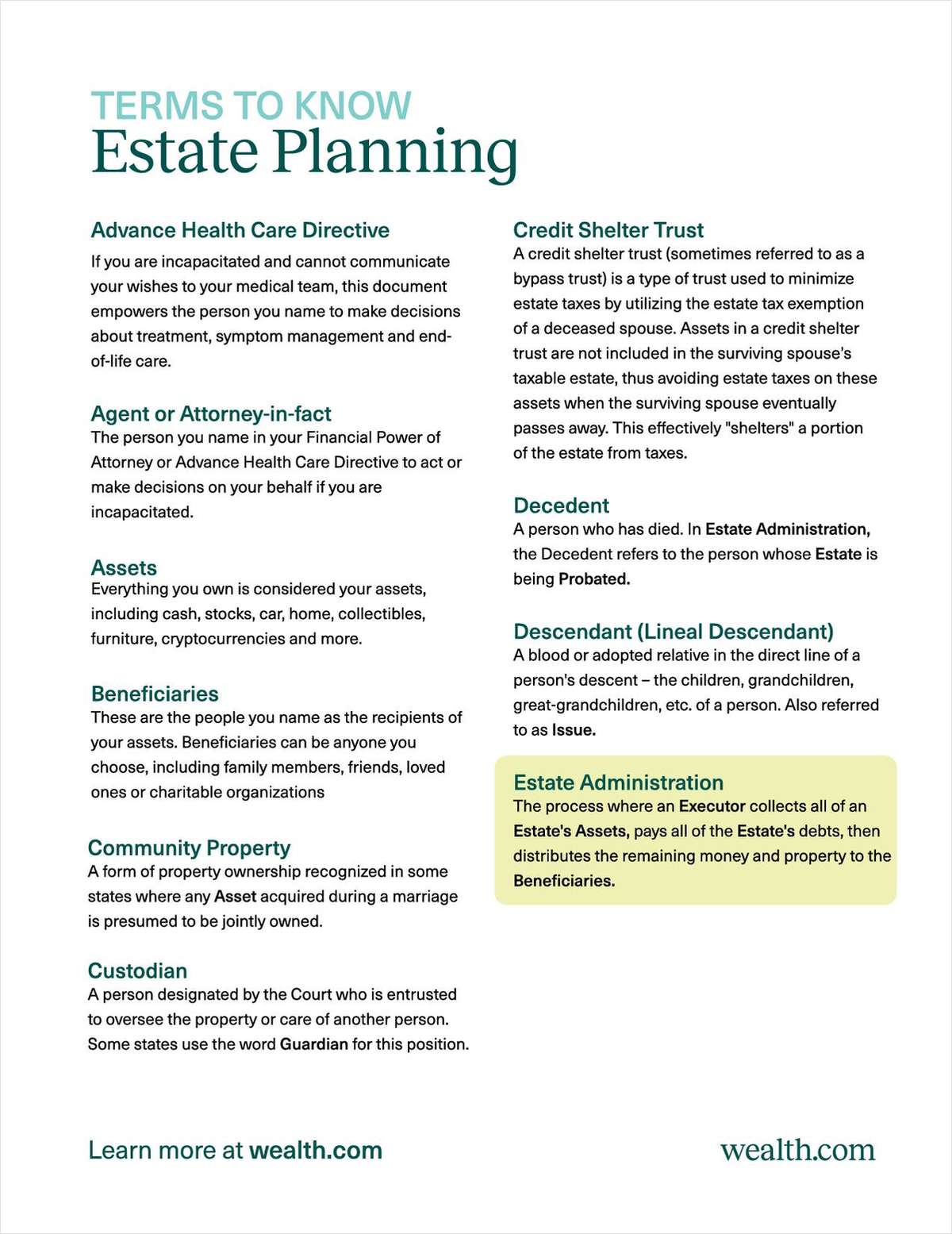Firms from all segments of the insurance and financial services industry are increasingly pumping out surveys.
Every week, it seems, new statistical reports come out on retirement trends, buyer preferences, boomers, product sales, workers, employers and a host of other topics.
You could call this part of the industry Survey Heaven.
National Underwriter has duly reported on many of these probes into the American consciousness, and we will continue to do so.
(If you are a premium subscriber to NU, you can check this out for yourself. Just go to our archive section–at http://www.nationalunderwriter.com/archives/ –and plug the word "survey" into the Keyword box. I did that while writing this column, and the search engine brought up 300 entries in just one sweep.)
But the trend does prompt the question: What in the world are the firms doing with all these survey results?
After discussing this with a broad spectrum of executives over the past few years, Ive come to this conclusion: The firms are not doing as much with the surveys as they could.
To which I say: In this era of rampant cost-cutting, thats a colossal waste. If firms dont maximize use of the surveys they commission, why even bother?
Im not saying, "Stop all surveys." Im saying, "Use them to the max, or lose them."
Discussions about this generally bring up a number of things that firms do do with their surveys.
Some use the results to beef up statements made in the marketing materials they distribute to advisors and consumers.
Some punch up the speeches given by their executives with various survey results.
Some pepper the press releases they send out to the media with numbers and charts from the surveys.
Some "test" the results against industry benchmarks (if they exist), and/or broader public sentiment polls, and/or company performance results.



